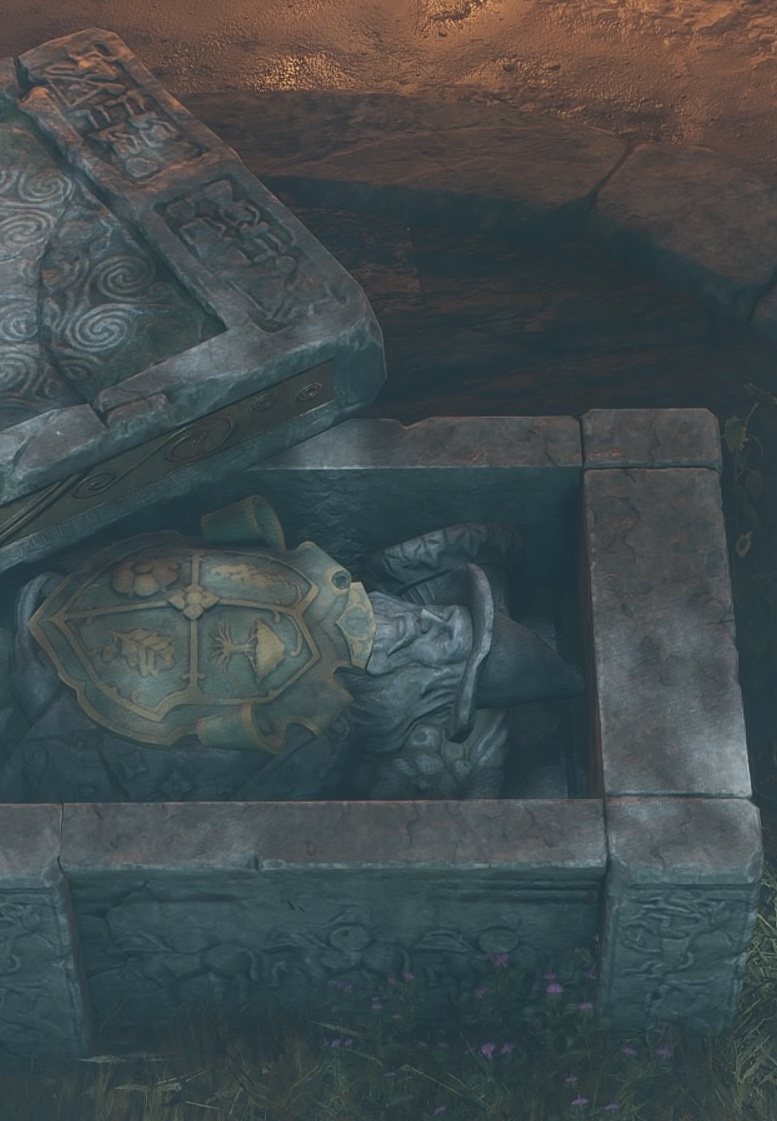Hannah Montana The Movie Miley Cyrus Wallpaper (5267848) Fanpop
Hannah Montana: The Movie is a 2009 American teen musical comedy drama film based on the Disney Channel television series of the same name.The film is produced by Walt Disney …

Hannah Montana: The Movie is a 2009 American teen musical comedy drama film based on the Disney Channel television series of the same name.The film is produced by Walt Disney …

The Dale Family Tomb Collection Chest is a Hogwarts Legacy collectible part of the 15 Hogwarts Valley Collection Chests which are required if you want to achieve 100% completion in …

Heinde Naaldwijk - Heinde. Onbeperkt tafelen voor een vaste prijs. Reserveren. Openingstijden. Ma-Zo 17:00 - 23:00 uur. 0174-266914 [email protected]. Dijkweg 3. 2671 GA Naaldwijk. Plan je route hier. Praktische informatie. …
:focal(1249x394:1251x392)/origin-imgresizer.eurosport.com/2023/05/02/3696400-75217928-2560-1440.jpg)
De retour à l'entraînement après sa grave chute lors de À Travers la Flandre Wout van Aert intensifie ses séances et viserait le Tour de Norvège qui démarre le 23 …

45th Anniversary Nightflight to Venus Visual Album.Listen or buy the original album now: https://bio.to/BoneyM_NightflightToVenusAYWatch all videos in this p. …

Mid-century modern is a term used to describe design and architecture - like the mid-century modern home - from the middle decades of the 20th century. The designs of the …

Donkergele urine is dus onschuldig als het overgaat nadat je extra gedronken hebt.'. 'De roze-rode kleur kan wijzen op de aanwezigheid van bloed. Dat kan veroorzaakt worden door een urineweginfectie …

Canon EF-S lenses are generally smaller and lighter than Canon EF lenses because less glass and a smaller lens barrel is required to produce an equivalent field of view for …

In de tien geboden zien we dit ook de twee partijen en hun onderlinge relatie worden vernoemd waarna wordt bepaald wat wel en niet mag. doorheen de tijd verschillende interpretaties …